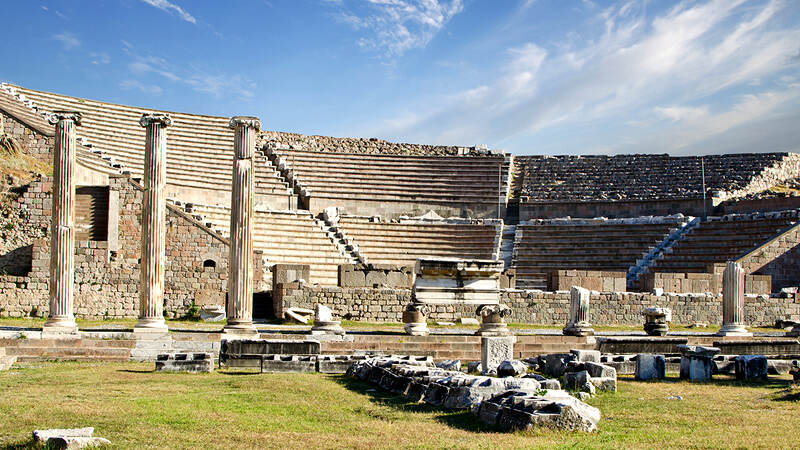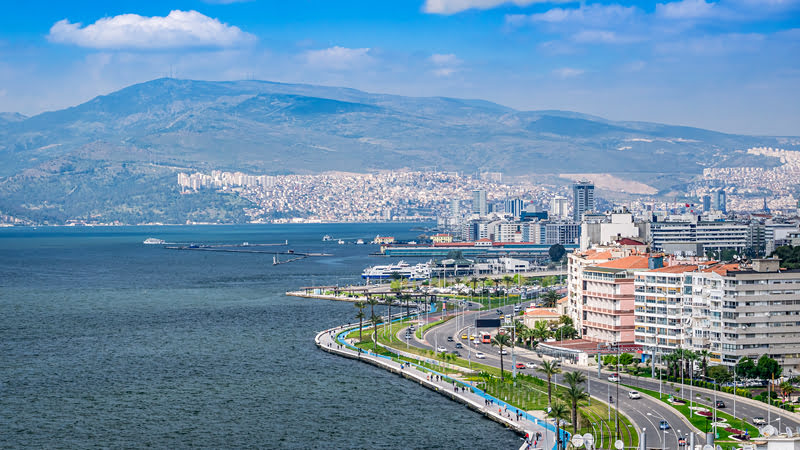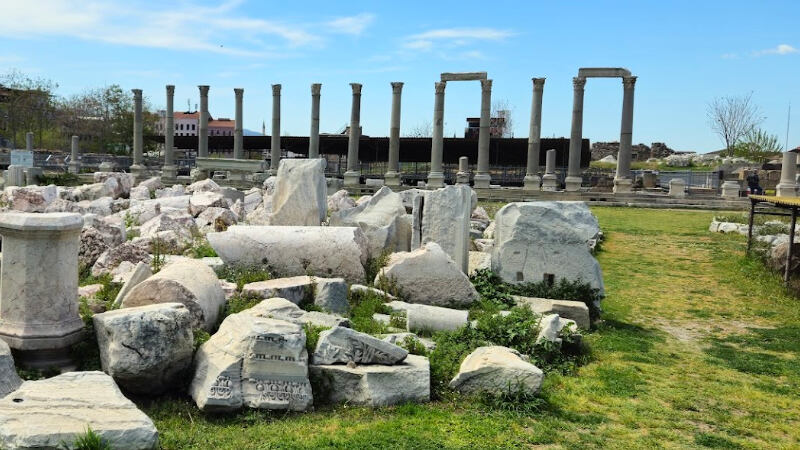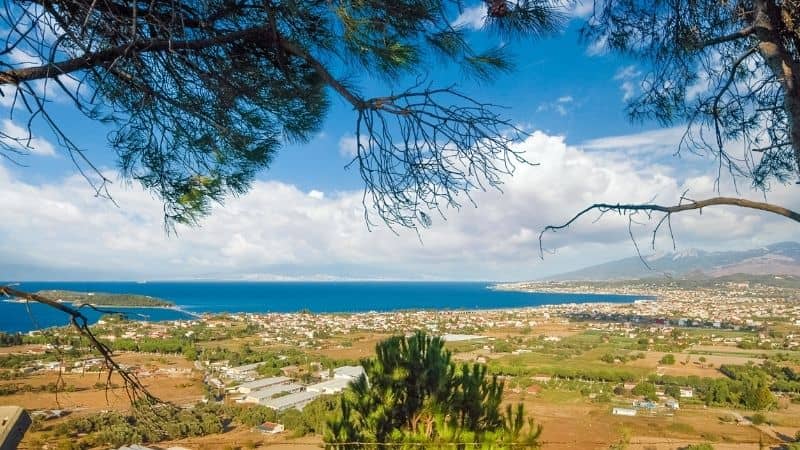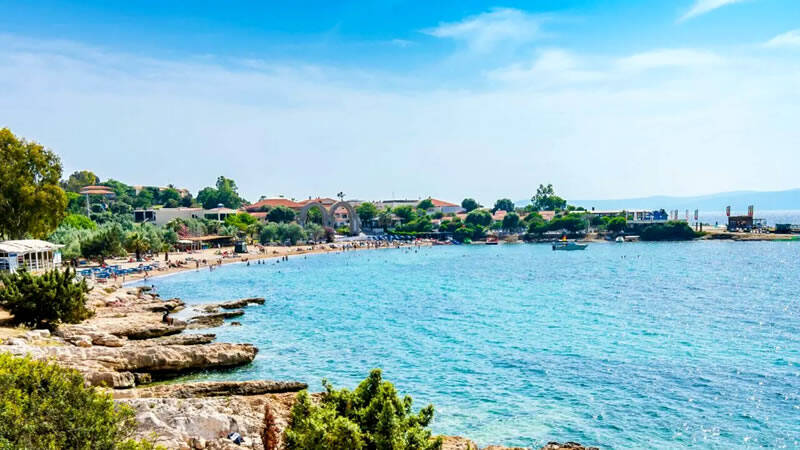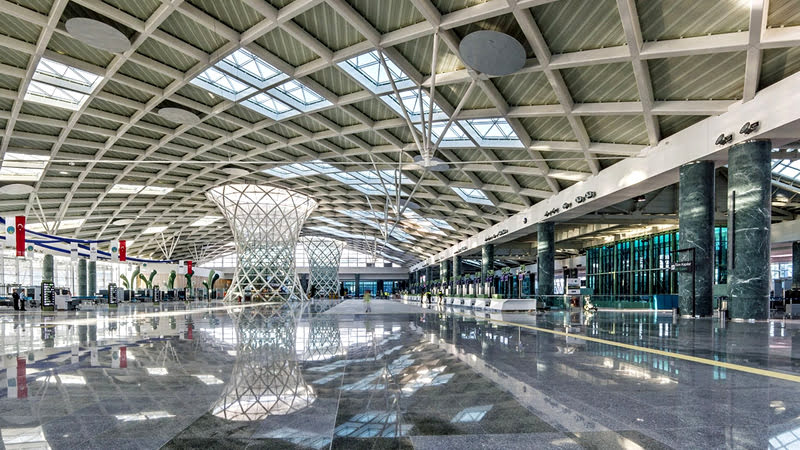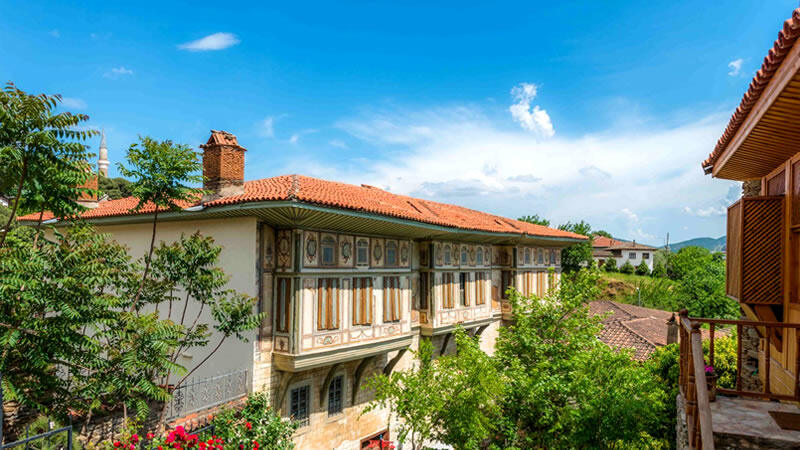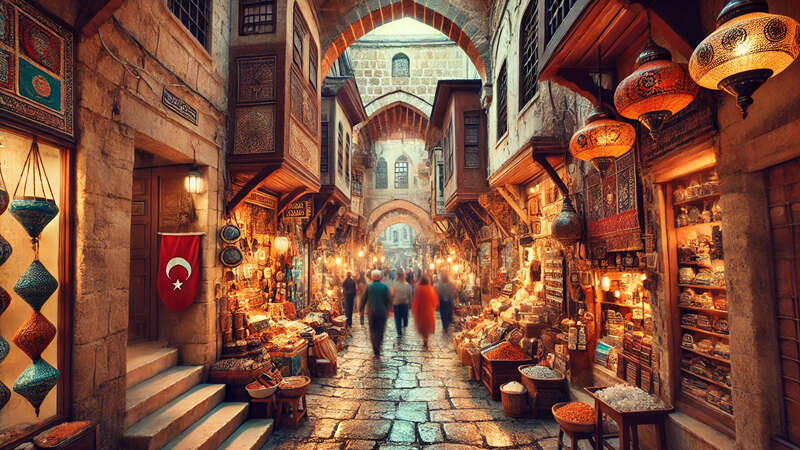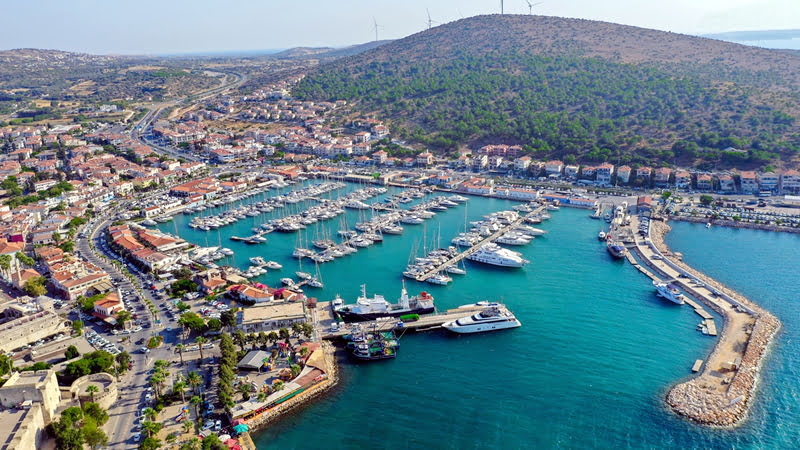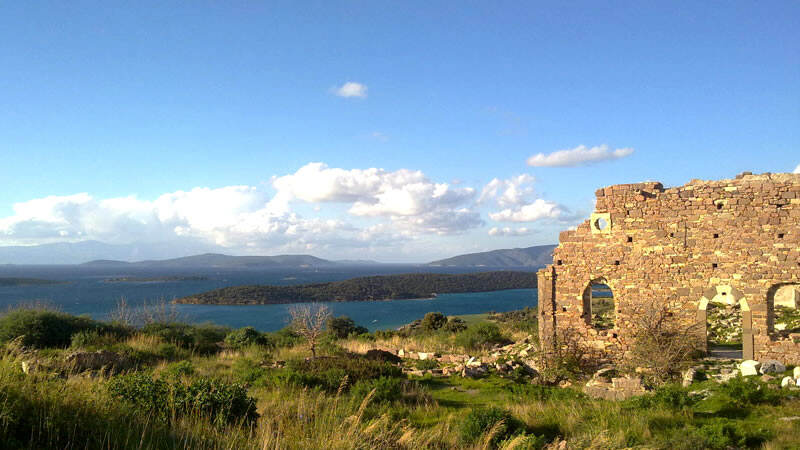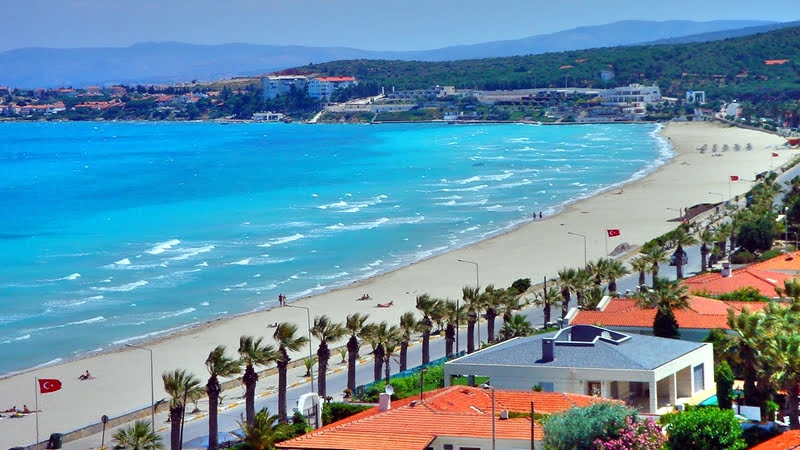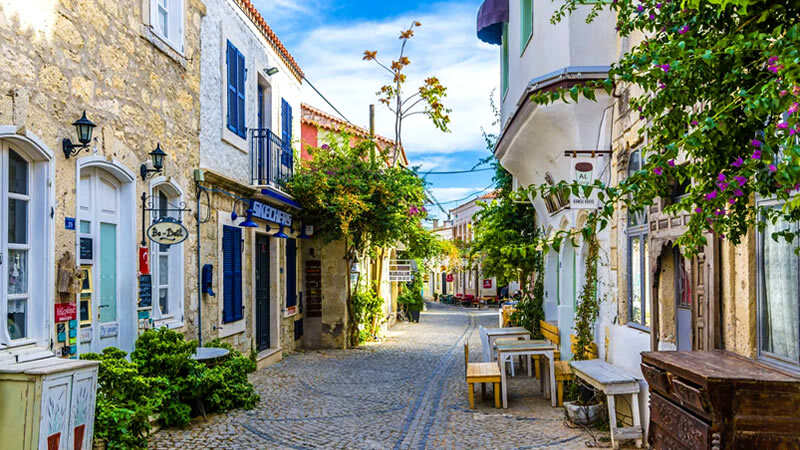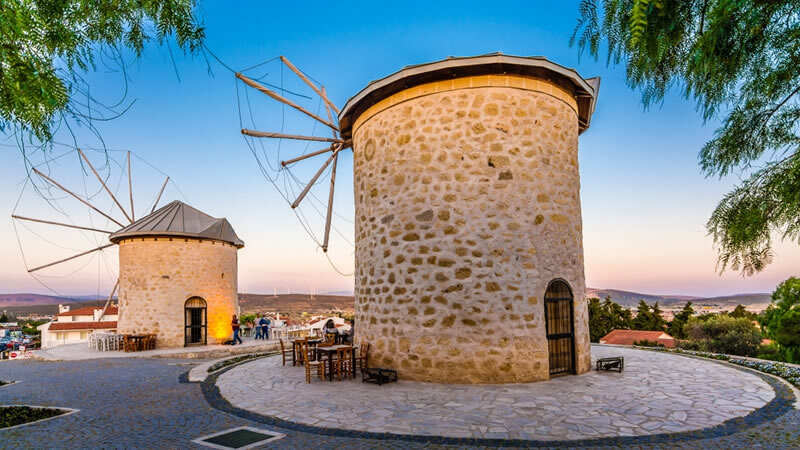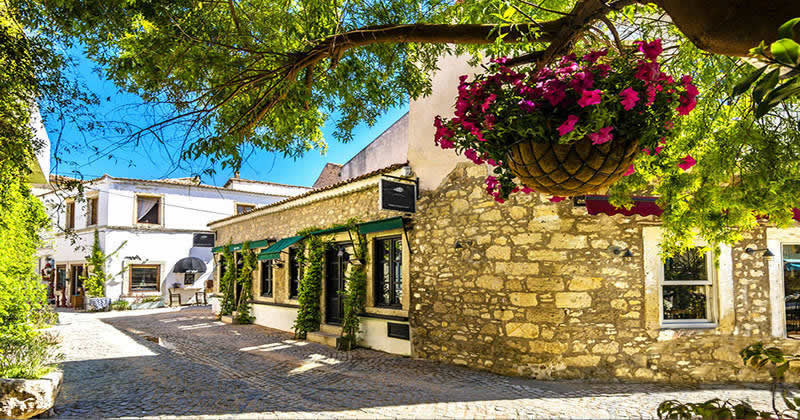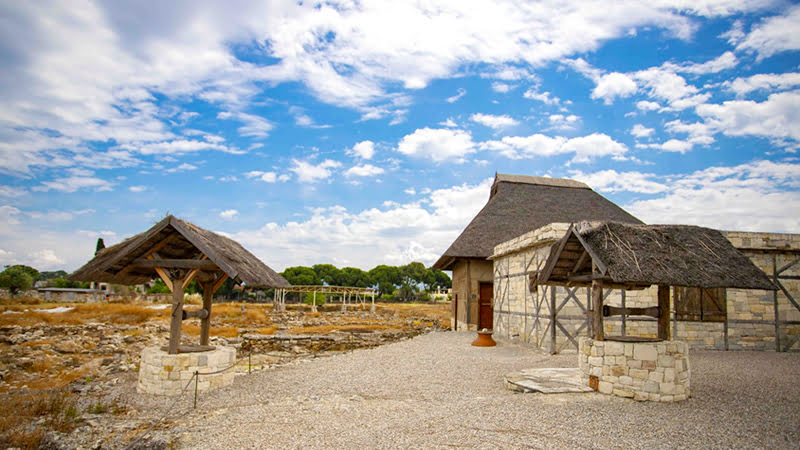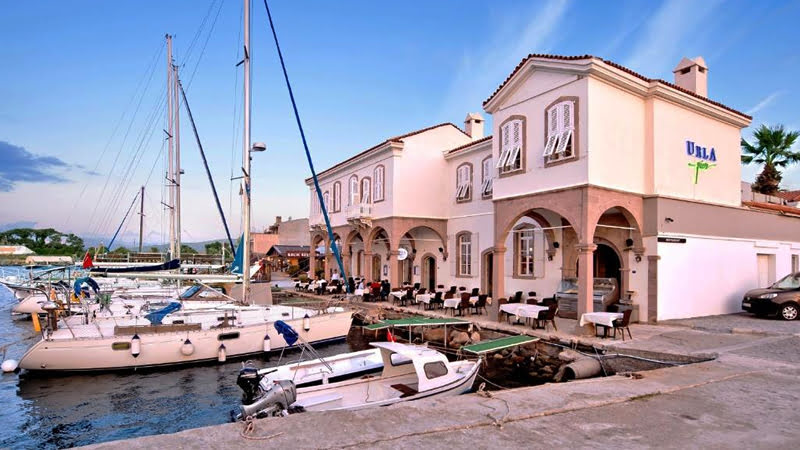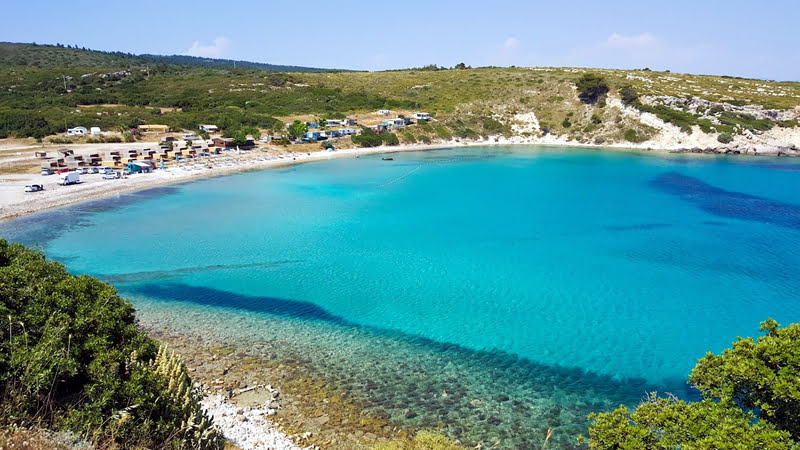Bergama - A Journey Through History in the Footsteps of Civilizations
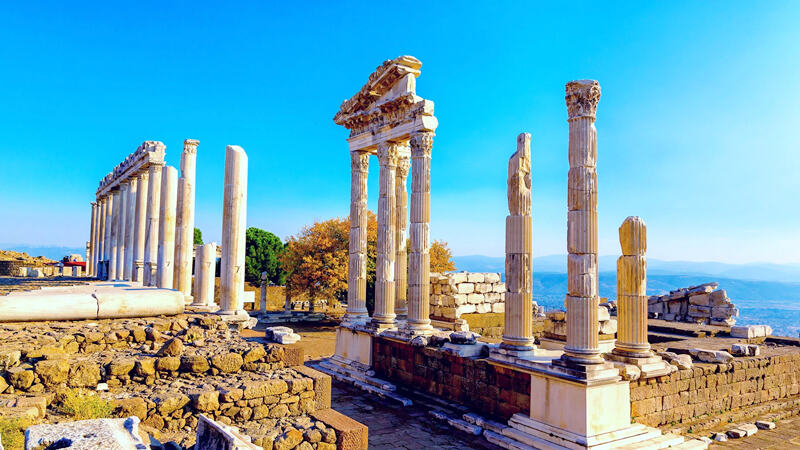
Bergama, located to the north of Izmir, is a district renowned for its rich history and cultural heritage. Approximately 110 km away from Izmir, this ancient city boasts a history of nearly 8,500 years and is considered the cradle of civilizations. Bergama carries the traces of many cultures, from the Ionians to the Hellenistic Civilization, the Roman Empire to the Ottomans, offering visitors a journey through time. For those wishing to explore the expansive historical and natural wealth of Bergama, car rental services in Bergama provide great convenience for transportation. This article offers a comprehensive insight into the history, cultural treasures, contributions to health, and must-see spots in Bergama.
Throughout history, Bergama has been a center of many civilizations. Known as Pergamon in ancient times, this region was recognized as a significant cultural and scientific hub from the Hellenistic period to the Roman Empire. Bergama stood out as a major center of science, art, and medicine, particularly during the Pergamon Kingdom. During this era, Pergamon became synonymous with innovative practices in the fields of art, science, and health.
In the Hellenistic period, Pergamon was one of the most powerful kingdoms in Western Anatolia. The monumental structures built during this time made Bergama a center of attraction. Key examples of this rich heritage are the Temple of Athena, the Temple of Trajan, and the Pergamon Library, all constructed during the reign of the Pergamon Kingdom.
Pergamon Ancient City is a unique destination where history and culture intertwine. This ancient city, bearing the marks of different civilizations from the Hellenistic to the Roman and Byzantine periods, is not only of national but also universal significance, as it is included in the UNESCO World Heritage List.
Pergamon Ancient City was renowned in antiquity as a center of science, art, architecture, and medicine. As the capital of a powerful kingdom during the Hellenistic period, the city drew attention with its magnificent structures. Among them, the Altar of Zeus stands out as one of the most striking. Dedicated to the god Zeus, this monumental altar, with its mesmerizing reliefs, offers an unparalleled insight into the artistic and religious life of the ancient world. These reliefs depict mythological scenes and Greek gods, reflecting the aesthetic understanding of the period. This significant structure was taken to Germany in the 19th century and is now displayed at the Pergamon Museum in Berlin. However, visiting the Acropolis, where the altar originally stood, is enough to feel the historical atmosphere of Bergama.
The Acropolis represents the upper city section and is notable for structures such as the theater, the Temple of Athena, and royal palaces. Particularly, the Pergamon Theater, with its capacity for approximately 10,000 people and its construction on a steep slope, is one of the most impressive theaters of the ancient period. From the theater seats, visitors can enjoy breathtaking views of the ancient city and its surrounding natural beauty.
Bergama was not only a cultural and artistic hub but also a pioneer in the field of science. Asklepion, one of the most important structures in Bergama, was one of the most respected health centers of the ancient world. Dedicated to the god of health, Asklepios, this center marked a revolution in the medical practices of antiquity. The water therapies, herbal treatments, and psychotherapies applied here were among the foundational methods of modern medicine. The sacred road leading to Asklepion creates a mystical atmosphere for visitors, while the medical tools and inscriptions displayed here shed light on the knowledge of the era.
Pergamon was also a prominent learning center in ancient times. The Pergamon Library, one of the most remarkable structures in the city, housed over 200,000 parchment scrolls, making it the second-largest library of the ancient world. This library also pioneered the invention of parchment paper. When the export of papyrus from Egypt was halted, Bergama invented parchment to continue its written culture. Although only traces of this library remain today, its legacy solidifies Bergama's intellectual identity.
Located in the heart of Bergama, the Red Basilica is one of the most striking structures of the Roman period. Dedicated to the Egyptian god Serapis, this large temple is popularly known as the "Red Basilica" due to its construction with red bricks. The materials and architectural details of the temple reflect the close relations between the Roman Empire and Egyptian culture, as well as the interfaith interactions of the era.
The imposing dimensions and architectural design of the Red Basilica allow visitors to feel the grandeur of the period. The temple complex includes a large open area, water channels, and side temples. These structures were used not only for religious purposes but also for social events and ceremonies. Today, the remnants of the Red Basilica offer a unique experience for history enthusiasts and visitors seeking to explore Bergama's rich past.
For those wishing to delve deeper into Bergama's history, one of the first stops should be the Bergama Museum. Located in the city center, this museum is an essential cultural venue showcasing the region's archaeological heritage. The museum offers a window into the daily life and art of ancient Bergama, particularly with artifacts from the Hellenistic and Roman periods.
The museum's rich collection includes sculptures, ceramics, mosaics, and jewelry uncovered during excavations in the Pergamon Ancient City. Additionally, remnants of temples and everyday objects transport visitors to the enchanting atmosphere of the past. Through each exhibit, the museum conveys the cultural depth and artistic richness of Bergama.
One of the most magnificent structures in Bergama is the Acropolis, located at the city's highest point, offering visitors a feast for both the eyes and the mind. Crowned with the unique views of the Aegean, this ancient site was once the political, religious, and cultural center of Bergama. The Acropolis stands out as one of the most significant settlements not only in Bergama but also in the ancient world.
The structures within the Acropolis showcase the architectural and religious richness of antiquity. The Temple of Trajan, built in honor of Roman Emperor Trajan, draws attention with its marble columns and monumental appearance. The Temple of Athena, dedicated to the city's protective goddess, reflects the elegant architectural understanding of the Hellenistic period. The Temple of Dionysus, dedicated to the god of wine, became the center of joy and festivities. The Temple of Hadrian reveals the grace and details of Roman architecture.
Bergama, as one of the most impressive settlements of antiquity, takes its visitors on a journey through time. At the heart of this unique historical atmosphere lies the Altar of Zeus, a masterpiece constructed during the Pergamon Kingdom in the 2nd century BC. This structure, a pinnacle of the religious and artistic heritage of the ancient world, became a symbol of Bergama's cultural richness.
The Altar of Zeus, with its fascinating architecture and intricately carved reliefs, allows visitors to experience the grandeur of the ancient world. Unfortunately, the original structure is now displayed in Berlin’s Pergamon Museum. Nevertheless, the ruins and excavation sites in Bergama offer visitors a valuable opportunity to trace the remains of this unique masterpiece and feel the ambiance of the era.
Bergama holds a special place among the cultural and historical heritage not only of Türkiye but also of the world. This unique city, bearing traces of civilizations from the Hellenistic period to the Roman and Ottoman empires, offers visitors a time travel experience that conveys the richness of the past. Impressive structures such as the Pergamon Ancient City, Asklepion, the Red Basilica, and the Bergama Acropolis are just a few examples that reveal the historical richness of Bergama. Exploring these historical and cultural treasures promises an unforgettable experience for not only history enthusiasts but also those interested in art, science, and the legacy of humanity.
Visitors to Bergama will realize that this region is not merely an open-air museum but also a destination that offers tranquility with its natural beauty. The car rental services in Bergama provide an ideal option for those who want to comfortably explore this unique area. While discovering this district steeped in history, you can lose yourself in the enchanting atmosphere of the past and feel the cultural and artistic richness of the ancient world up close.
Bergama, with its timeless structures, mystical ambiance, and unique heritage, is not just a place to visit but a journey into history. This exceptional city offers an unforgettable experience for those who wish to unravel the secrets of the past and follow the traces of civilizations. Bergama continues to be a place that leaves a lasting impression on every visitor’s soul and beckons them to return again and again.
History of Pergamon, the City Where Ancient and Modern Times Meet
Throughout history, Bergama has been a center of many civilizations. Known as Pergamon in ancient times, this region was recognized as a significant cultural and scientific hub from the Hellenistic period to the Roman Empire. Bergama stood out as a major center of science, art, and medicine, particularly during the Pergamon Kingdom. During this era, Pergamon became synonymous with innovative practices in the fields of art, science, and health.
In the Hellenistic period, Pergamon was one of the most powerful kingdoms in Western Anatolia. The monumental structures built during this time made Bergama a center of attraction. Key examples of this rich heritage are the Temple of Athena, the Temple of Trajan, and the Pergamon Library, all constructed during the reign of the Pergamon Kingdom.
Must-Visit Places in Bergama
Pergamon Ancient City is a unique destination where history and culture intertwine. This ancient city, bearing the marks of different civilizations from the Hellenistic to the Roman and Byzantine periods, is not only of national but also universal significance, as it is included in the UNESCO World Heritage List.
Pergamon Ancient City: The Jewel of the Ancient World
Pergamon Ancient City was renowned in antiquity as a center of science, art, architecture, and medicine. As the capital of a powerful kingdom during the Hellenistic period, the city drew attention with its magnificent structures. Among them, the Altar of Zeus stands out as one of the most striking. Dedicated to the god Zeus, this monumental altar, with its mesmerizing reliefs, offers an unparalleled insight into the artistic and religious life of the ancient world. These reliefs depict mythological scenes and Greek gods, reflecting the aesthetic understanding of the period. This significant structure was taken to Germany in the 19th century and is now displayed at the Pergamon Museum in Berlin. However, visiting the Acropolis, where the altar originally stood, is enough to feel the historical atmosphere of Bergama.
The Acropolis represents the upper city section and is notable for structures such as the theater, the Temple of Athena, and royal palaces. Particularly, the Pergamon Theater, with its capacity for approximately 10,000 people and its construction on a steep slope, is one of the most impressive theaters of the ancient period. From the theater seats, visitors can enjoy breathtaking views of the ancient city and its surrounding natural beauty.
Asklepion: The Medical Center of Antiquity
Bergama was not only a cultural and artistic hub but also a pioneer in the field of science. Asklepion, one of the most important structures in Bergama, was one of the most respected health centers of the ancient world. Dedicated to the god of health, Asklepios, this center marked a revolution in the medical practices of antiquity. The water therapies, herbal treatments, and psychotherapies applied here were among the foundational methods of modern medicine. The sacred road leading to Asklepion creates a mystical atmosphere for visitors, while the medical tools and inscriptions displayed here shed light on the knowledge of the era.
Pergamon Library: The Heart of Knowledge
Pergamon was also a prominent learning center in ancient times. The Pergamon Library, one of the most remarkable structures in the city, housed over 200,000 parchment scrolls, making it the second-largest library of the ancient world. This library also pioneered the invention of parchment paper. When the export of papyrus from Egypt was halted, Bergama invented parchment to continue its written culture. Although only traces of this library remain today, its legacy solidifies Bergama's intellectual identity.
Red Basilica (Temple of Serapis): A Symbol of the Ancient Era
Located in the heart of Bergama, the Red Basilica is one of the most striking structures of the Roman period. Dedicated to the Egyptian god Serapis, this large temple is popularly known as the "Red Basilica" due to its construction with red bricks. The materials and architectural details of the temple reflect the close relations between the Roman Empire and Egyptian culture, as well as the interfaith interactions of the era.
The imposing dimensions and architectural design of the Red Basilica allow visitors to feel the grandeur of the period. The temple complex includes a large open area, water channels, and side temples. These structures were used not only for religious purposes but also for social events and ceremonies. Today, the remnants of the Red Basilica offer a unique experience for history enthusiasts and visitors seeking to explore Bergama's rich past.
Bergama Museum: A Hidden Treasure of History
For those wishing to delve deeper into Bergama's history, one of the first stops should be the Bergama Museum. Located in the city center, this museum is an essential cultural venue showcasing the region's archaeological heritage. The museum offers a window into the daily life and art of ancient Bergama, particularly with artifacts from the Hellenistic and Roman periods.
The museum's rich collection includes sculptures, ceramics, mosaics, and jewelry uncovered during excavations in the Pergamon Ancient City. Additionally, remnants of temples and everyday objects transport visitors to the enchanting atmosphere of the past. Through each exhibit, the museum conveys the cultural depth and artistic richness of Bergama.
Bergama Acropolis: The Pinnacle of Antiquity
One of the most magnificent structures in Bergama is the Acropolis, located at the city's highest point, offering visitors a feast for both the eyes and the mind. Crowned with the unique views of the Aegean, this ancient site was once the political, religious, and cultural center of Bergama. The Acropolis stands out as one of the most significant settlements not only in Bergama but also in the ancient world.
The structures within the Acropolis showcase the architectural and religious richness of antiquity. The Temple of Trajan, built in honor of Roman Emperor Trajan, draws attention with its marble columns and monumental appearance. The Temple of Athena, dedicated to the city's protective goddess, reflects the elegant architectural understanding of the Hellenistic period. The Temple of Dionysus, dedicated to the god of wine, became the center of joy and festivities. The Temple of Hadrian reveals the grace and details of Roman architecture.
Altar of Zeus in Bergama: A Discovery Along the Path of History
Bergama, as one of the most impressive settlements of antiquity, takes its visitors on a journey through time. At the heart of this unique historical atmosphere lies the Altar of Zeus, a masterpiece constructed during the Pergamon Kingdom in the 2nd century BC. This structure, a pinnacle of the religious and artistic heritage of the ancient world, became a symbol of Bergama's cultural richness.
The Altar of Zeus, with its fascinating architecture and intricately carved reliefs, allows visitors to experience the grandeur of the ancient world. Unfortunately, the original structure is now displayed in Berlin’s Pergamon Museum. Nevertheless, the ruins and excavation sites in Bergama offer visitors a valuable opportunity to trace the remains of this unique masterpiece and feel the ambiance of the era.
A Unique Opportunity to Explore Bergama
Bergama holds a special place among the cultural and historical heritage not only of Türkiye but also of the world. This unique city, bearing traces of civilizations from the Hellenistic period to the Roman and Ottoman empires, offers visitors a time travel experience that conveys the richness of the past. Impressive structures such as the Pergamon Ancient City, Asklepion, the Red Basilica, and the Bergama Acropolis are just a few examples that reveal the historical richness of Bergama. Exploring these historical and cultural treasures promises an unforgettable experience for not only history enthusiasts but also those interested in art, science, and the legacy of humanity.
Visitors to Bergama will realize that this region is not merely an open-air museum but also a destination that offers tranquility with its natural beauty. The car rental services in Bergama provide an ideal option for those who want to comfortably explore this unique area. While discovering this district steeped in history, you can lose yourself in the enchanting atmosphere of the past and feel the cultural and artistic richness of the ancient world up close.
Bergama, with its timeless structures, mystical ambiance, and unique heritage, is not just a place to visit but a journey into history. This exceptional city offers an unforgettable experience for those who wish to unravel the secrets of the past and follow the traces of civilizations. Bergama continues to be a place that leaves a lasting impression on every visitor’s soul and beckons them to return again and again.


